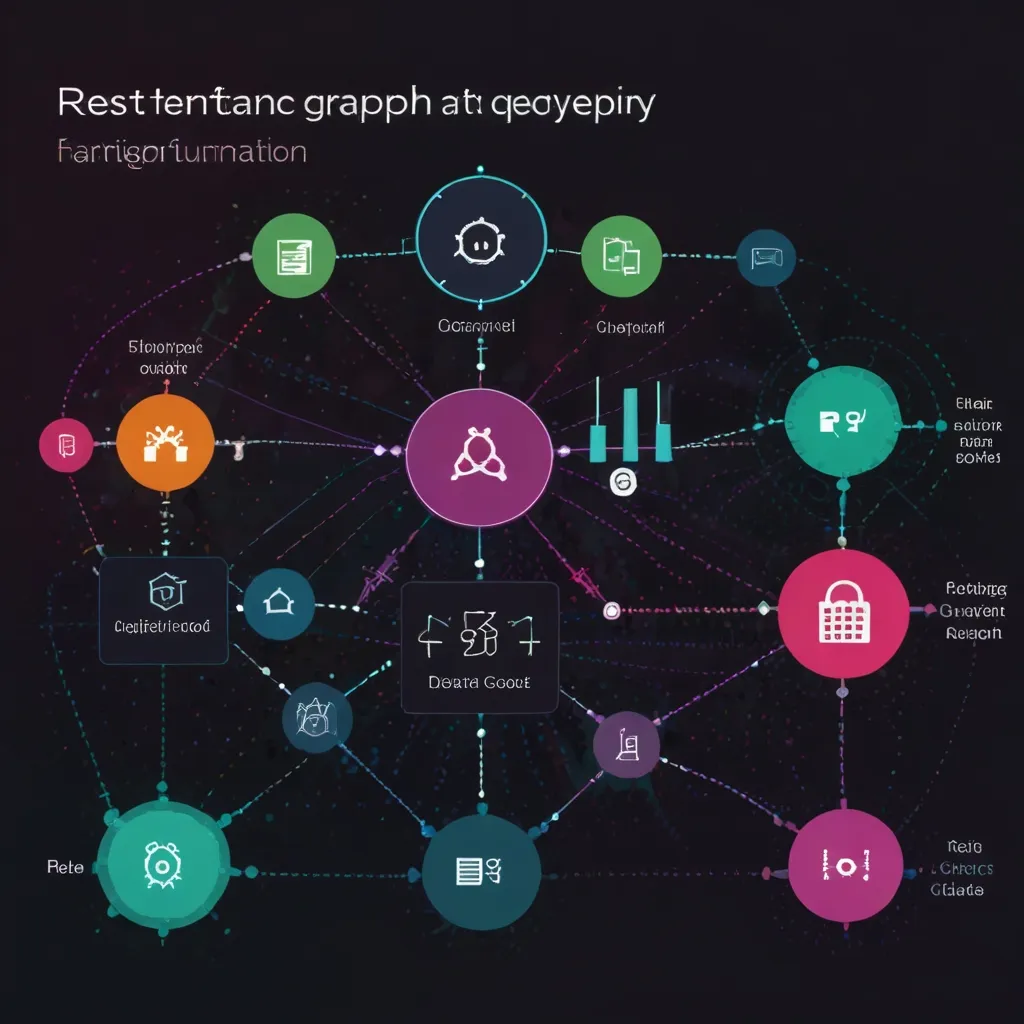Memory management is a critical aspect of web application development that directly impacts performance, user experience, and application stability. As a developer with extensive experience in optimizing web applications, I’ve learned that proper memory management requires both preventive measures and ongoing monitoring.
Memory leaks occur when our applications fail to release memory that’s no longer needed. In JavaScript, the garbage collector handles memory management automatically, but it’s not foolproof. We need to be mindful of how we write our code to prevent unwanted memory retention.
Let’s start with event listeners, one of the most common sources of memory leaks. When we attach event listeners to DOM elements, they create references that prevent garbage collection. Here’s how to properly manage event listeners:
// Bad practice
element.addEventListener('click', () => {
// Handler code
});
// Good practice
const handleClick = () => {
// Handler code
};
element.addEventListener('click', handleClick);
// Cleanup when needed
element.removeEventListener('click', handleClick);
DOM element management is equally important. Removing elements from the DOM doesn’t automatically free associated memory. We must ensure proper cleanup:
function cleanupElement(element) {
// Remove all event listeners
const clone = element.cloneNode(true);
element.parentNode.replaceChild(clone, element);
// Clear any references
element = null;
}
Cache management requires careful consideration. While caching improves performance, unchecked growth can lead to memory issues. Here’s a simple implementation of a size-limited cache:
class LRUCache {
constructor(limit) {
this.limit = limit;
this.cache = new Map();
}
set(key, value) {
if (this.cache.size >= this.limit) {
const firstKey = this.cache.keys().next().value;
this.cache.delete(firstKey);
}
this.cache.set(key, value);
}
get(key) {
const value = this.cache.get(key);
if (value) {
this.cache.delete(key);
this.cache.set(key, value);
}
return value;
}
}
Web Workers provide parallel processing capabilities but require careful memory management. We should terminate workers when they’re no longer needed:
const worker = new Worker('worker.js');
// When done with the worker
function terminateWorker() {
worker.terminate();
worker = null;
}
Closures can inadvertently retain large objects in memory. Here’s how to prevent closure-related memory leaks:
// Potential memory leak
function createLeak() {
const largeData = new Array(1000000);
return function() {
console.log(largeData.length);
};
}
// Better approach
function avoidLeak() {
const length = new Array(1000000).length;
return function() {
console.log(length);
};
}
Memory profiling is essential for identifying issues. Chrome DevTools provides comprehensive memory analysis capabilities. Here’s a simple performance monitoring implementation:
class MemoryMonitor {
constructor() {
this.measurements = [];
}
measure() {
if (performance.memory) {
this.measurements.push({
timestamp: Date.now(),
usedHeap: performance.memory.usedJSHeapSize,
totalHeap: performance.memory.totalJSHeapSize
});
}
}
analyze() {
return this.measurements.map(m => ({
time: new Date(m.timestamp),
usage: (m.usedHeap / m.totalHeap) * 100
}));
}
}
Third-party libraries can significantly impact memory usage. We should implement lazy loading and proper cleanup:
async function loadLibrary() {
const library = await import('./heavy-library.js');
// Use the library
// Cleanup
library.cleanup();
// Clear any global references
window.libraryInstance = null;
}
Regular heap snapshot analysis helps identify memory growth patterns. We can automate this process:
class HeapAnalyzer {
constructor() {
this.snapshots = [];
}
takeSnapshot() {
if (window.gc) {
window.gc();
}
const snapshot = {
timestamp: Date.now(),
memory: performance.memory ? {
used: performance.memory.usedJSHeapSize,
total: performance.memory.totalJSHeapSize
} : null
};
this.snapshots.push(snapshot);
return snapshot;
}
analyzeGrowth() {
return this.snapshots.reduce((acc, curr, idx, arr) => {
if (idx === 0) return acc;
const growth = curr.memory.used - arr[idx-1].memory.used;
acc.push({
timeframe: curr.timestamp - arr[idx-1].timestamp,
growth
});
return acc;
}, []);
}
}
For single-page applications, route changes often cause memory leaks. Here’s a pattern for component cleanup:
class Component {
constructor() {
this.subscriptions = [];
this.timeouts = [];
this.intervals = [];
}
addSubscription(subscription) {
this.subscriptions.push(subscription);
}
setTimeout(callback, delay) {
const id = setTimeout(callback, delay);
this.timeouts.push(id);
return id;
}
setInterval(callback, delay) {
const id = setInterval(callback, delay);
this.intervals.push(id);
return id;
}
cleanup() {
// Clear all subscriptions
this.subscriptions.forEach(sub => sub.unsubscribe());
// Clear all timeouts
this.timeouts.forEach(clearTimeout);
// Clear all intervals
this.intervals.forEach(clearInterval);
// Clear arrays
this.subscriptions = [];
this.timeouts = [];
this.intervals = [];
}
}
Global state management requires special attention. Here’s a pattern for managing global objects:
const StateManager = {
states: new Map(),
setState(key, value) {
this.states.set(key, value);
},
getState(key) {
return this.states.get(key);
},
clearState(key) {
this.states.delete(key);
},
clearAll() {
this.states.clear();
}
};
Memory usage patterns often reveal opportunities for optimization. Implementation of weak references can help manage object lifecycles:
class WeakCache {
constructor() {
this.cache = new WeakMap();
}
set(key, value) {
if (typeof key === 'object') {
this.cache.set(key, value);
}
}
get(key) {
return this.cache.get(key);
}
}
Regular application monitoring helps identify memory issues before they become critical. Here’s a monitoring implementation:
class ApplicationMonitor {
constructor(threshold = 0.9) {
this.threshold = threshold;
this.warnings = [];
}
monitor() {
setInterval(() => {
if (performance.memory) {
const usage = performance.memory.usedJSHeapSize /
performance.memory.jsHeapSizeLimit;
if (usage > this.threshold) {
this.warnings.push({
timestamp: Date.now(),
usage
});
console.warn(`High memory usage detected: ${usage * 100}%`);
}
}
}, 1000);
}
}
Memory management is an ongoing process that requires constant attention and regular optimization. By implementing these strategies and maintaining vigilant monitoring, we can create more efficient and reliable web applications that provide better user experiences and reduced operational costs.
Remember to regularly test your application’s memory usage under various conditions and user scenarios. The tools and patterns presented here provide a foundation for building memory-efficient web applications, but they should be adapted to specific project requirements and constraints.






